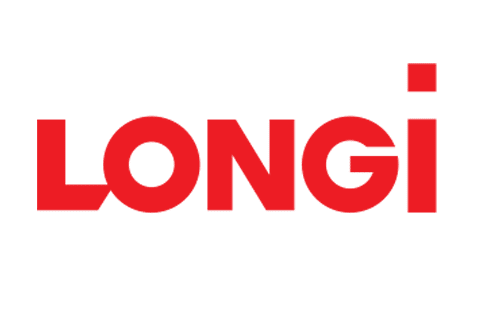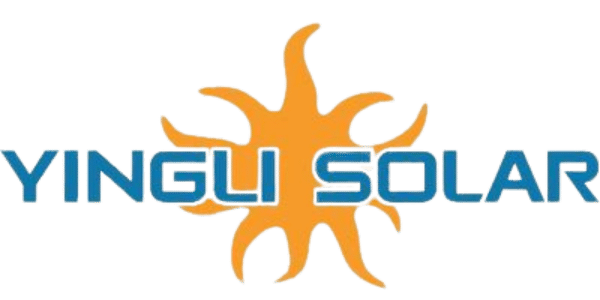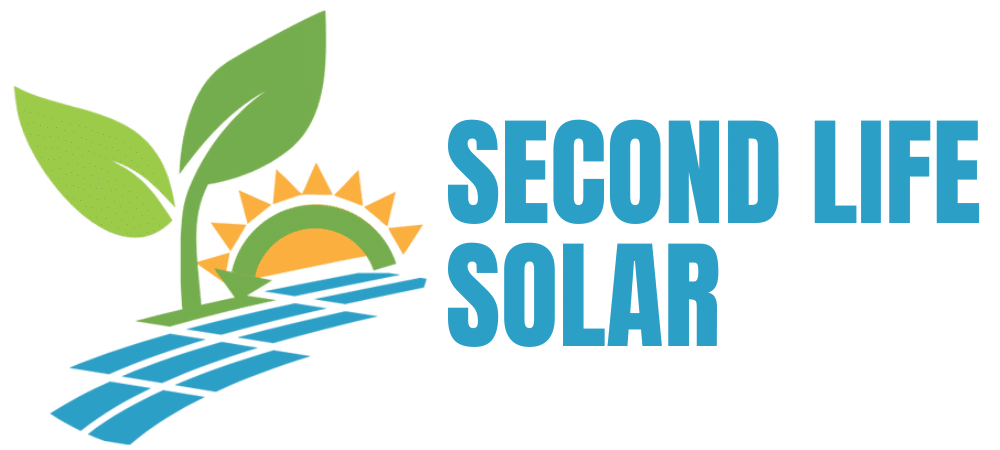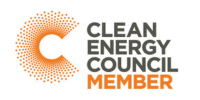
Australia has experienced a remarkable surge in solar energy adoption in recent years, reflecting a growing awareness of the need for sustainable and renewable energy sources. The adoption of solar energy has been driven by a combination of factors, including environmental consciousness, government incentives and the decreasing cost of solar technology.
Residential solar installations have become increasingly common, letting homeowners generate clean energy and reduce their dependence on traditional grid power. Moreover, large-scale solar farms have emerged nationwide, contributing to the national effort to transition towards a more sustainable and eco-friendly energy landscape. Government initiatives, like rebates and feed-in tariffs, have played an important role in encouraging individuals and businesses to invest in solar power systems.
If you’re considering joining the movement towards cleaner energy, you may want to explore solar options for your home. Energy Matters offers free solar quotes to help you understand the possibilities for integrating solar technology into your lifestyle.
Solar technology trends and market impact
The dynamic landscape of solar technology continues to evolve, influencing the market and shaping the way Aussies harness solar energy. Advancements in photovoltaic (PV) technology, energy storage solutions, and smart grid integration have enhanced the efficiency and reliability of solar systems.
Innovative solar products, such as solar tiles and transparent solar panels, are gaining popularit as homeowners and businesses seek aesthetically pleasing and integrated solutions.
Battery storage systems, paired with solar installations, are becoming more prevalent, letting users store excess energy generated during the day for use during peak demand periods or in the absence of sunlight.
Solar financing options in Australia
Now that we’ve explored the thriving landscape of solar energy in the nation, let’s dive into the heart of the matter—understanding the diverse financing options available for those looking to embrace clean and sustainable power solutions.
Now that we’ve explored the thriving landscape of solar energy in the nation, let’s dive into the heart of the matter—understanding the diverse financing options available for those looking to embrace clean and sustainable power solutions.
Solar loans
Solar loans are a popular and straightforward option, not to be confused with green loans. It is a specific type of loan designed to cover the upfront costs of buying and installing a solar energy system. This allows individuals and businesses to spread the cost of their investment over some time, making solar energy more accessible.
Usually, they come with flexible repayment terms and have no upfront costs or ongoing interest rates. The cost of the loan is built into the loan so the repayments are generally the same as each payment for the life of the loan..
As the solar system generates energy and potentially reduces electricity bills, the savings can be used to offset the loan payments.
One of the advantages of solar loans is that borrowers can own the solar system whilst reaping the full benefits of any incentives or savings generated. Additionally, a solar system can enhance the resale value of a property.
Approval for solar loans is subject to credit checks and financial assessments.
Leasing solar panels
Solar leasing, also known as rent-to-own solar, is another popular option as the customer pays nothing upfront for the solar system installation and supply. It follows a repayment schedule, which is usually in monthly instalments.
What makes it different from a solar loan is that a solar lease doesn’t make homeowners the legal owners of the solar system until the lease is paid off in full. This also means that the monthly costs are more affordable compared to installing your solar panels. However, buyers should be mindful of the interest rates, which can be high. It also comes with long-term contracts and exiting early may incur fees.
Power Purchase Agreements (PPAs)
A solar PPA is when a seller gives you their solar panel system at no cost. In exchange, they will maintain ownership of the solar panel whilst you commit to buying the solar energy they produce at a rate lower than what you’d pay the grid.
When PPAs were first introduced, they generated a lot of interest. Over time, it gained several issues—the biggest one being that it only works if a homeowner can use or store all the solar power generated by the panels. Otherwise, the unused solar power will bed into the electricity grid in exchange for a feed-in tariff.
Therefore, solar PPAs are ideal for large, commercial systems where savings will outweigh the accrued interest costs over the life of the system.
Green Loans
Green loans are often confused with personal loans. What makes green loans different is that they are designed specifically for renewable energy or sustainable products, whilst personal loans can be specified based on the loan agreement.
A green loan acts as a form of credit provided by a financial institution to a customer on the condition that they use it for a purpose that the lender deems to be environmentally beneficial. Besides solar systems, green loans may be used for car loans, such as electric or hybrid. They are now also being introduced to the marketplace.
Eligibility for green loans involves requirements the same as other loans, in which the lender will examine several factors, such as income, credit score, and if you are an Australian resident.
Add solar to your mortgage
This is another way for solar financing given that currently, there are relatively low mortgage rates in Australia, and borrowing more to pay for a solar system would make sense for some. The downside is, that it will take you longer to pay off—and essentially, adding solar to your mortgage means adding more debt. Hence, this route is risky and you should only do it when you have a clear understanding of your finances. It’s a good idea to seek financial advice if you are thinking of going this route.
If you’re considering financing your solar system through your home loan, consulting a mortgage broker Brisbane could provide valuable insights. Mortgage brokers specialize in tailoring loan solutions to fit your financial situation, ensuring that adding solar to your mortgage aligns with your long-term goals. By working with a local expert, you can access a range of lenders and compare interest rates, helping you secure the best possible deal. Additionally, a mortgage broker in Brisbane understands the local property market and can advise on how adding solar might impact the value of your home. While this financing option offers the advantage of spreading the cost over time, it’s crucial to have a clear strategy for managing the additional debt. A broker can help evaluate your overall borrowing capacity and guide you through the process, ensuring your solar investment is both financially sound and sustainable. With Brisbane’s sunny climate, the potential savings on energy bills and the increased property appeal can make this option worth considering. Ultimately, consulting a mortgage broker ensures you have the right information to make an informed decision about incorporating solar into your home loan.
So, how do you choose the right solar financing option for you?
Here are some factors to consider and tips to ensure you choose the right financing option for your solar investment:
- Cost structure and affordability: Evaluate the overall cost structure of each financing option, considering upfront costs, interest rates for loans and ongoing fees for leases and PPAs. To determine the affordability of each option in your budget, consider the potential savings from solar energy production.
- Ownership benefits: Assess whether owning the solar system through a loan or going for a leasing or PPA arrangement better aligns with your goals. Ownership often comes with additional financial benefits, such as access to tax incentives and rebates.
- Long-term goals: Consider your long-term plans for your property and how they align with the duration of different solar financing options. For example, if you plan to stay in your home for an extended period, ownership may be more advantageous.
- Flexibility and exit options: Investigate the flexibility and exit options of each financing arrangement. Some contracts may have penalties for early termination, whilst others may offer more flexibility.
- Interest rates and terms: Understand the interest rates and terms associated with loans. A lower interest rate and favourable terms can significantly impact the overall cost of financing.
- System performance guarantees: Inquire about performance guarantees, especially in the case of leasing of PPAs. A reputable provider should offer assurances regarding the system’s performance and energy production.
- Compare multiple quotes: Get quotes from lenders or solar providers to compare terms, rates and overall offerings. This provides leverage for negotiation.
- Clarify maintenance responsibilities: For leasing or PPA agreements, clarify who is responsible for system maintenance and potential costs. Negotiate terms that offer a fair distribution of responsibilities.
- Seek professional advice: Consult with solar energy experts or financial advisors who can provide you with insights into the specific terms and conditions of different financing options.
- Review and understand contracts: Thoroughly review and understand all contract terms before committing to any financing option. Seek clarification on any unclear points and ensure you’re comfortable with the terms outlined.
As Australia embraces a sustainable energy future, understanding the intricacies of solar loans, leasing arrangements, and power purchase agreements becomes paramount.
By making informed choices and embracing the financial opportunities available, Australians can not only contribute to a greener future but also reap the economic benefits of a solar-powered lifestyle. The journey towards solar adoption is not merely a technological transition; it is a strategic financial decision that aligns personal or business objectives with the broader vision of a sustainable and resilient energy landscape in Australia.




































